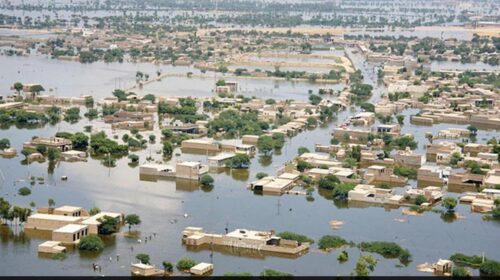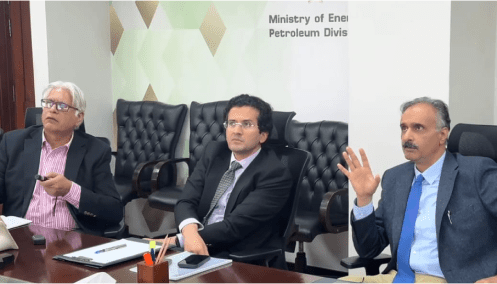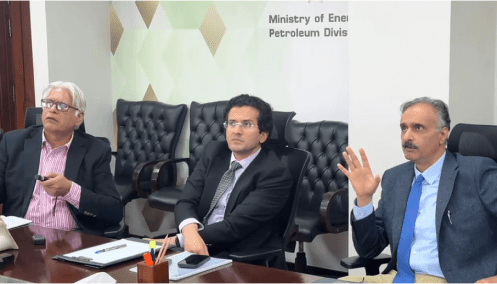ISLAMABAD: Devastating floods and heavy monsoon rains have affected more than 4.2 million people across 18 districts of Punjab, causing hundreds of deaths and widespread destruction. Prime Minister Shehbaz Sharif has announced an increase in ex-gratia assistance for families of victims, raising the amount from Rs1 million to Rs2 million.
According to a Rapid Needs Assessment (RNA) conducted by the United Nations Office for the Coordination of Humanitarian Affairs (UNOCHA) in collaboration with the government, Muzaffargarh was the hardest-hit district, accounting for more than a quarter of the affected population. Jhang, Bahawalpur, Khanewal, and Multan also recorded severe impacts.
The RNA, carried out between September 8 and 18 across 1,928 villages, revealed alarming damage: out of 161,000 houses assessed, over 115,700 were partially damaged while 46,000 were fully destroyed, displacing 2.8 million people. More than 93pc of surveyed areas reported housing losses, with Muzaffargarh, Rahim Yar Khan, Khanewal, and Jhang worst affected.
Urgent Humanitarian Needs
The affected population faces pressing needs for shelter and non-food items, including tents, tarpaulins, GI sheets, blankets, mosquito nets, and warm clothing.
Health Sector Crisis
Floods severely disrupted healthcare services, with 395 out of 742 health facilities damaged — 80 fully destroyed. Gujranwala, Bahawalnagar, Okara, Bahawalpur, and Muzaffargarh were among the hardest hit. Health risks have escalated, with malaria reported in 64pc of assessed villages, alongside outbreaks of diarrhoea, skin infections, and dengue.
Education and Water Supply Disruptions
At least 667 schools were damaged, more than half of them girls’ institutions. In addition, 217 schools were converted into evacuation centres, displacing over 100,000 enrolled students. Nearly 97,000 water supply schemes were also damaged, particularly in Muzaffargarh, Jhang, and Bahawalpur, heightening the risk of waterborne diseases.
Livelihoods and Food Insecurity
Agriculture and livestock, the backbone of local economies, suffered massive losses. Floods destroyed standing crops, killed livestock, and disrupted agricultural cycles. Many communities now report food stocks lasting only a week or less, with Multan, Bahawalnagar, Muzaffargarh, and Bahawalpur facing the most critical shortages.
National Response
The Senate Standing Committee on Cabinet Secretariat was informed that around 1,000 people have died and another 1,000 injured in the floods so far. Nearly three million people were rescued or evacuated between June 26 and September 19. The floods also destroyed 12,559 houses and led to the loss of 6,509 livestock, according to the National Disaster Management Authority (NDMA).
The revised compensation package for victims’ families, estimated at Rs2.033 billion, underscores the scale of devastation as Pakistan struggles to cope with one of the most destructive flood disasters in recent years.
Story by Amin Ahmed | Jamal Shahid








